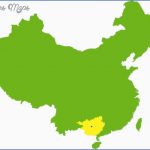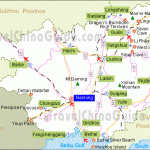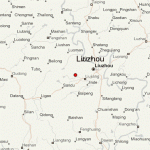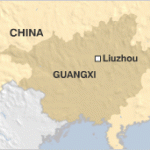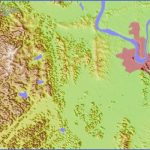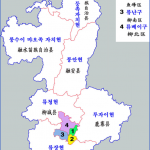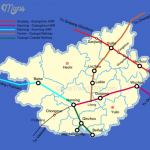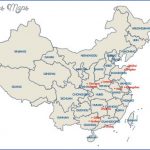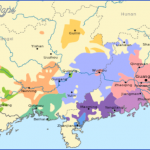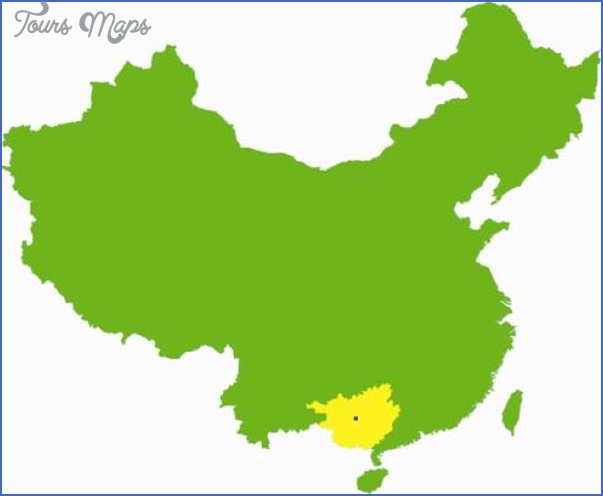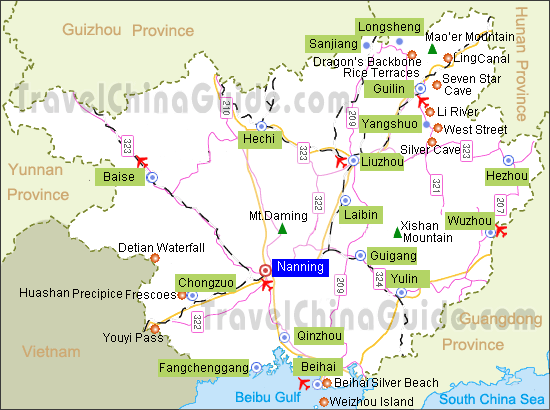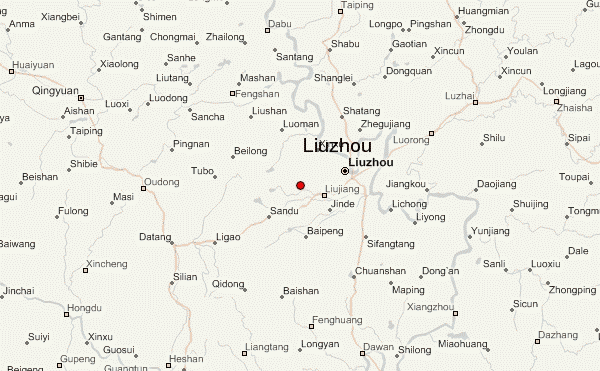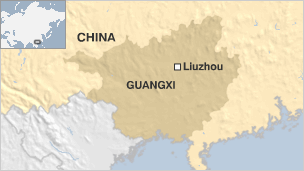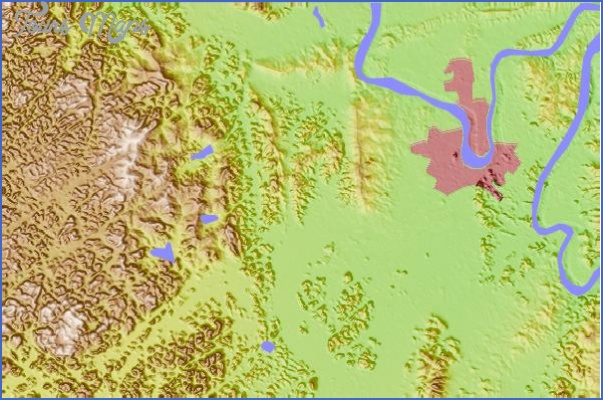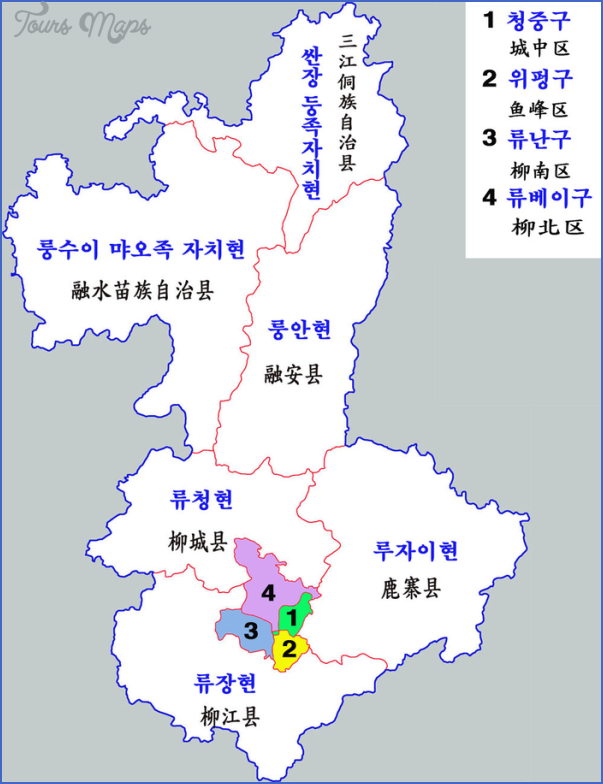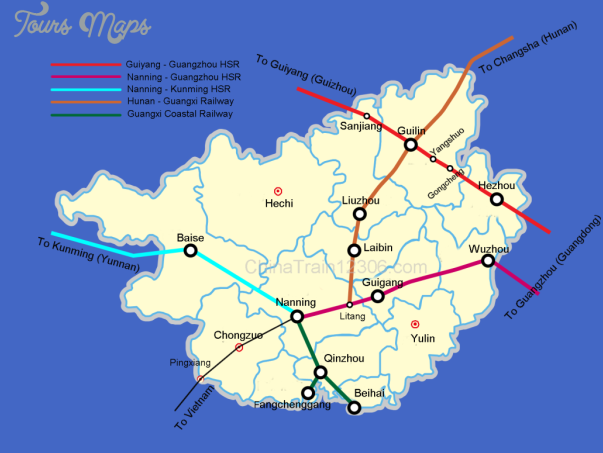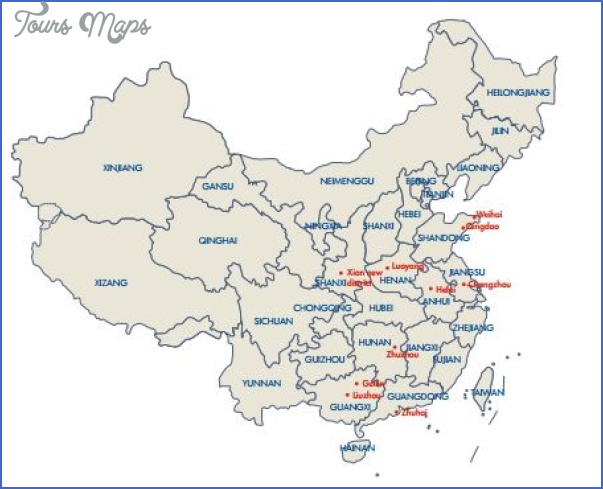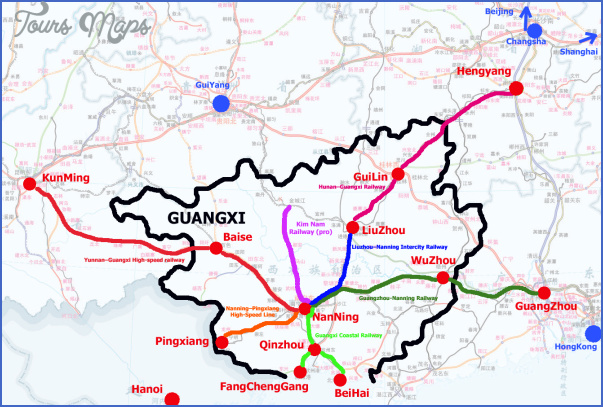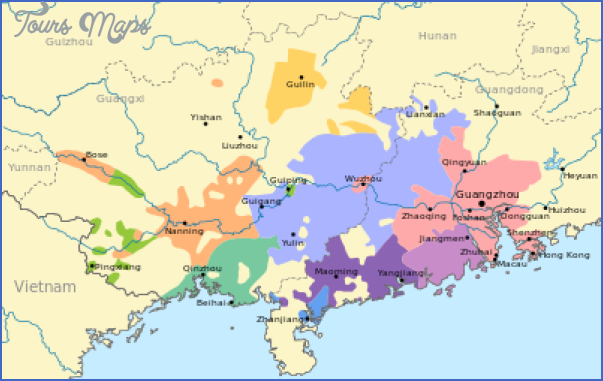Autonomous Region of Guangxi
Altitude: 90-120m/295-395ft. Area: 541sq.km/209sq. miles Population: 470,000 (conurbation 590,700)
Liuzhou lies on the Liujiang, at 109°24’E and 24°19’N, 130km/80 miles from Guilin and 255km/158 miles from Nanning, the capital ofthe region. It is an important railway junction on the Hunan-Guangxi, Guizhou-Guangxi and Zhicheng-Liuzhou lines. Guilin, Nanning and other towns can be reached by bus, while there are flights taking V/ihr to Canton.
The area around Liuzhou was settled as long as 15,000 years ago. By 219 the place had achieved a certain eminence and since 634 it has had its present name. Liu Zongyuan (773-819), a famous man of letters and minister of rites under the Tang dynasty, was exiled to Liuzhou in 815 after failed attempts at gaining reforms but by his merits rose to be a town elder and enjoyed great prestige among the population. He has left a splendid description ofthe town.
Today Liuzhou is predominantly an industrial centre.
This park in the city centre is named after Liu Zongyuan. He was granted the title of prince posthumously by the Song Emperor Huizong at the beginning ofthe 12th c.
In the park there are two monuments which commemorate the poet: a tomb, which in fact only contains his head covering and a few articles of clothing, and the ancestral temple of Prince Liu, built in 821 and rebuilt in 1729. A large number of oid stone slabs with inscriptions by scholars from the Tang, Song and Yuan periods (9th13th c.) are stored here, as well as a portrait of Liu Zongyuan engraved on a stele.
The 150m/500ft high Horsesaddle Mountain, which gets its name from its shape, is situated in the south of the city. As long ago as the Tang era (618-907) it aroused the interest of many travellers. One of its main attractions is a deep dripstone cave full of stalagmites and stalactites. Visitors have left over 100 inscriptions on the mountain rock faces, including one dating back to 1112.
The summit ofthe 80m/260ft high Yufengshan (Fishpeak Mountain), situated in the park of the same name, is reflected in the Little Dragon Pool (Xiaolong Tang) and suggests a fish leaping out of the water – hence the mountain’s name. The mountain and pool are linked to an old legend: many hundreds of years ago a maiden named Liu Sanjie lived in the area and she used to climb up the mountain and sing songs of lament protesting atthe local rulers, The latterthereupon started to pursue her by all possible means. Eventually the maiden could bear it no longer and threw herself into the pool. Immediately a heavy thunderstorm broke out and two fishes sprang out of the pool. One bore the maiden up to heaven, the other fell onto the earth, changed into a mountain and overwhelmed the tyrants. On Yufengshan stands a stone statue ofthe maiden. In memory of Liu Sanjie a song festival is held every year on the 15th day ofthe 8th moon month.
Surroundings South of the city (4km/21/2 miles) lies the Great Dragon Pool. Its name also refers to a legend, this time that of a heavenly dragon who could conjure up Great Dragon Pool thunder and lightning and rain and lived at the bottom of the pool. The (Dalong Tan) 100ha/240 acre pool is in the middle of evergreen woods and rugged rocks covered with inscriptions.
Liuzhou Map Photo Gallery
Maybe You Like Them Too
- The Best Cities To Visit in The World
- World’s 10 Best Places To Visit
- Coolest Countries in the World to Visit
- Travel to Santorini, Greece
- Map of Barbados – Holiday in Barbados

